“Naach Jamure, naach!” (dance monkey!), says the Madaari (monkey owner) to a small brown monkey. With grizzled brown fur, a pink face and buttocks and, a bushy tail, this illegally captive ‘pet’ has been trained to be a street performer to entice the passing crowds. The monkey, chained around his neck, follows the lead, jumps, somersaults, hands over things to his master as commanded, and leaps around collecting the ‘baksheesh’ (reward) in the form of loose change and coins hurled towards them during and after the performance. A rather familiar sight in many places of India, even today.
If you haven’t witnessed a performing monkey, it is likely that you’ve come across another situation surrounding (or surrounded by) monkeys in areas around temples or tourist spots. You may have walked out of a temple with the ‘prasad’ (sweets) in your hand, and suddenly out of nowhere, a troop of monkeys appear demanding their share of it. More commonplace encounters with these monkeys happen at popular tourist spots and hill stations where it always seems like their sole intent is to extort food out of us. The brown monkeys we colloquially know are, either rhesus or bonnet macaques, but most commonly found (in Maharashtra) indulging in the acts mentioned above are ‘rhesus’ in kind.
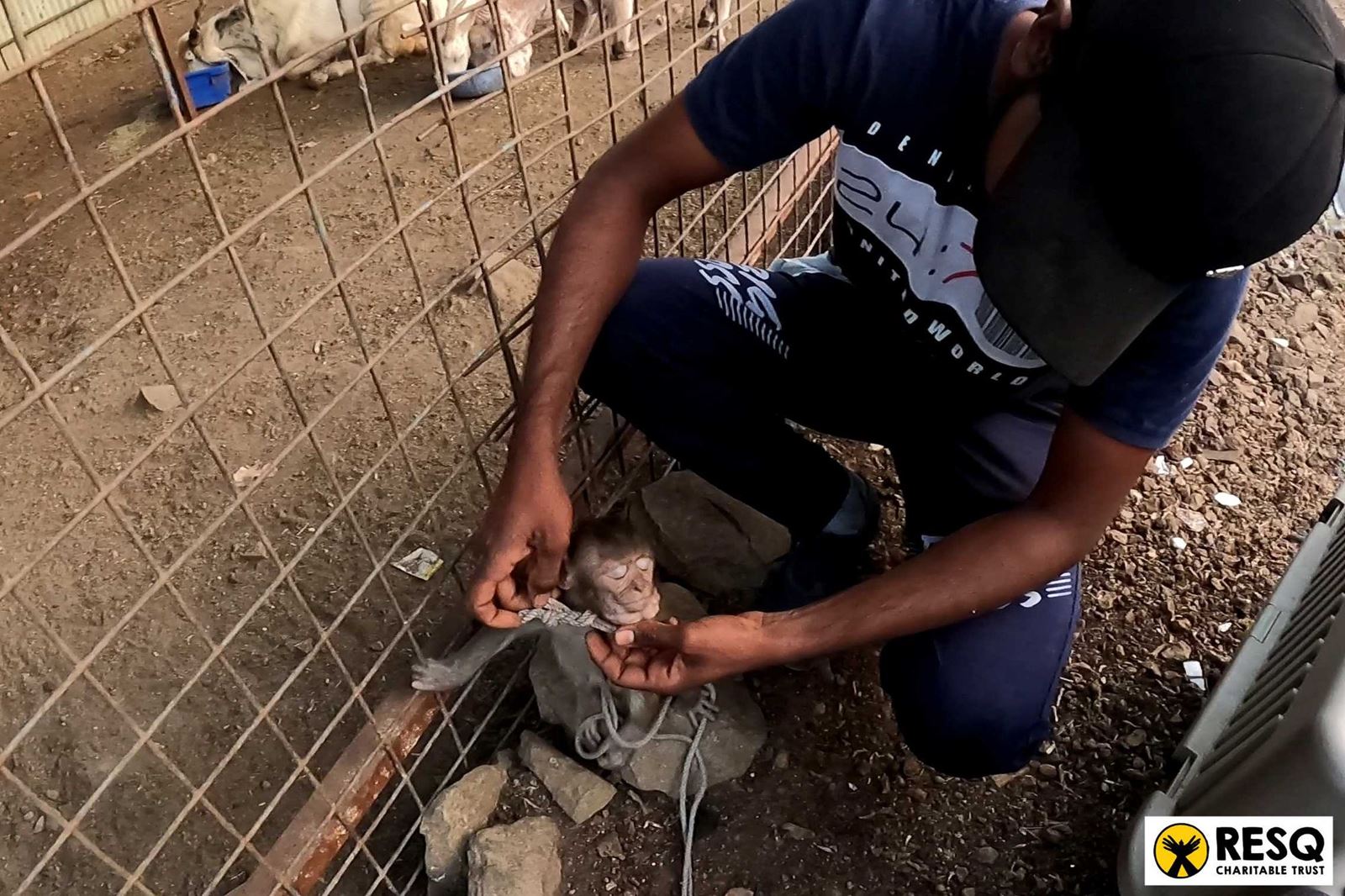
About the Rhesus Macaque
Rhesus macaques are diurnal, arboreal (tree- living), terrestrial and, territorial. Foraging for food is their favourite activity and they spend nearly 50% of their active time doing that. Even after which they tend to temporarily store food in their specialised cheek pouches for in between snacking. Omnivores by nature they usually eat fruit, seeds, roots, buds, bark, and cereals, but also tend to eat invertebrates and are known to make a feast out of insects.
Purely gregarious (social and extroverted), they live in troops which comprise between 20 to 200 individuals. The alpha male or female of the group can easily be identified with the darkness of the pigmentation on their buttocks. Darker the rear, higher the rank of that individual in the troop. They rely highly on communication and do so with a variety of facial expressions, vocalisations, body postures, and gestures.
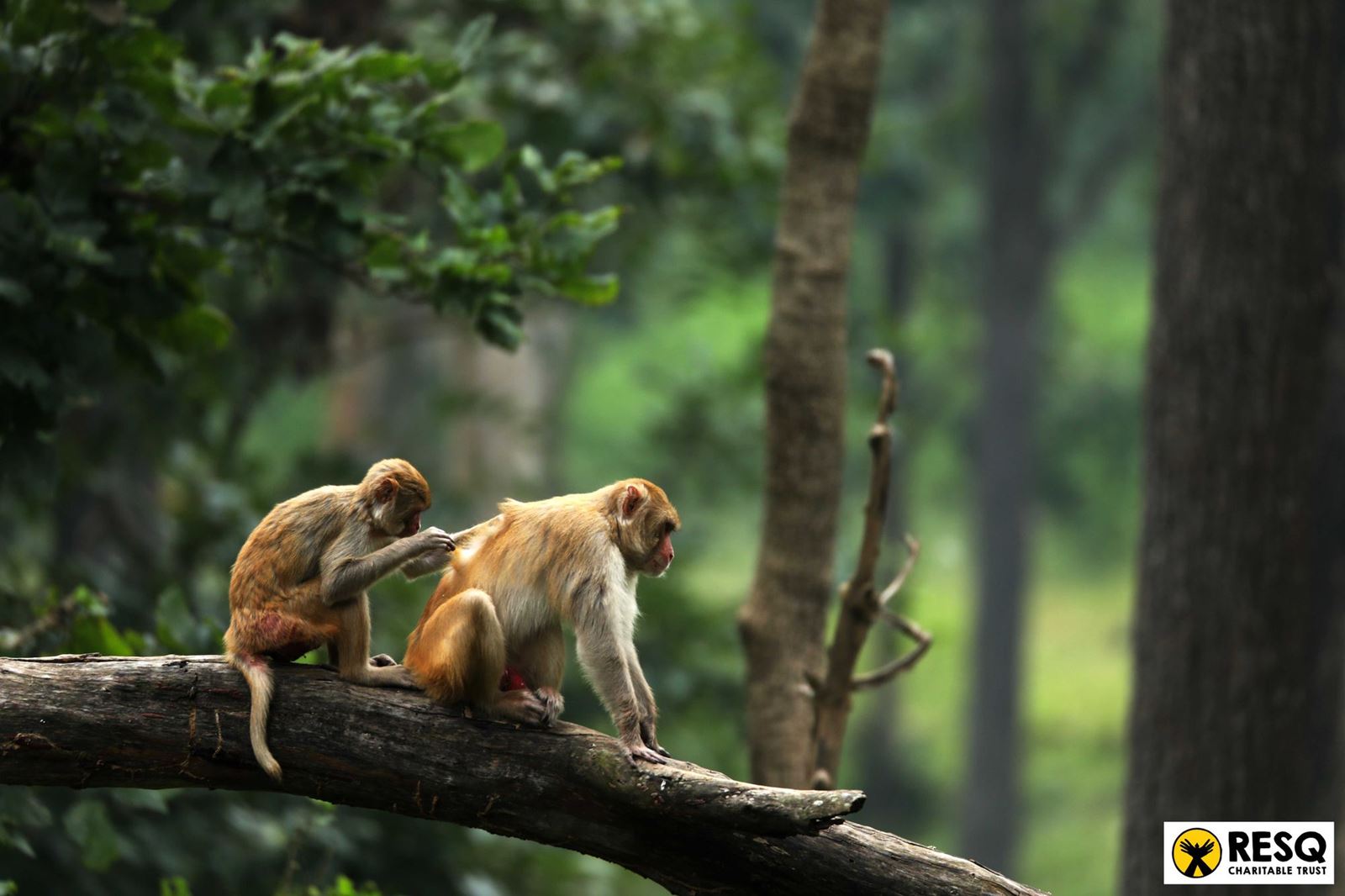
They have been historically captured and used by humans because they’re highly intelligent, adaptive, and, aware. Rhesus macaques were among the first primates to have rocketed into the stratosphere, way back in 1948. Also due to their relatively easy upkeep, wide availability, and closeness to humans, anatomically and physiologically they have also been used extensively in medical and biological research. Several scientific breakthroughs including vaccines and antiretroviral medication to treat HIV/AIDS have been facilitated through them.
In the wild, they are terrestrial and incredibly adaptive, this species is known to thrive and prosper in an array of geographic ranges occupying a great diversity of altitudes and a variety of habitats. In India, rhesus macaques are found in flat areas, or in the plains, foothills, and mountainous regions, where the habitat includes cultivated fields or tropical and dry, deciduous forests. In urban areas of India, they are found on roadsides, canal banks, in and around railway stations, villages, towns, and temples.
Being in close proximity with human settlements, may come with a few benefits such as easy access to food and water, but is just as problematic for both as it instigates human-animal conflict situations.
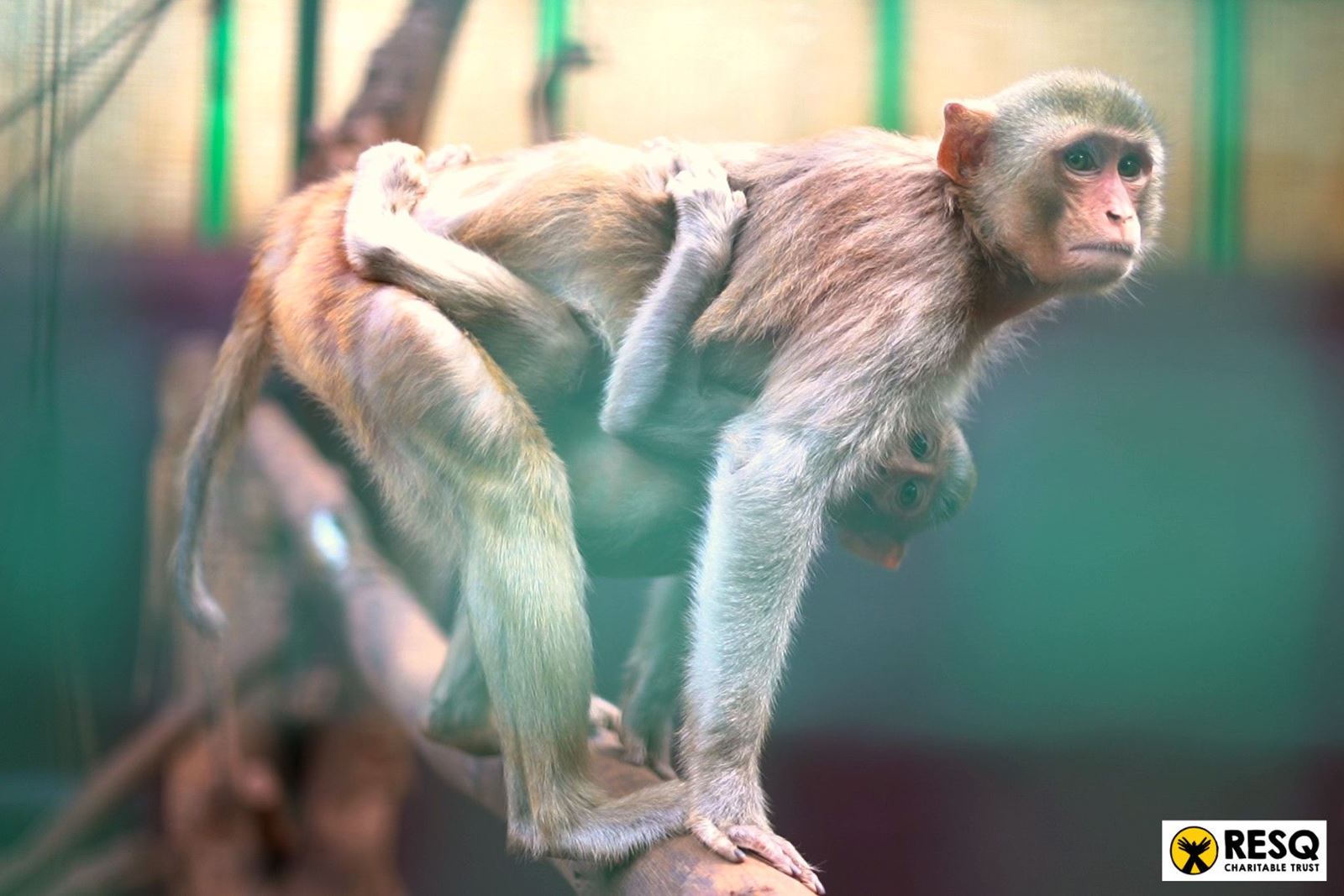
Rhesus macaques at RESQ
The RESQ Wildlife TTC has homed and rehabilitated 35 rhesus macaques so far, coming from various scenarios such as illegal captivity as orphans or adults, reported for aggressive behaviour, or suffering from electrocution or dog bite injuries. Barring a few, most of these have been successfully treated, rehabilitated, and reintroduced back into a safe habitat.
Currently at the RESQ Wildlife TTC, we have 2 adults, one of which had been held captive as a pet and the other who was severely injured.
The rhesus that has come from captivity, is taking rather long to recover from the scarring repercussions of it. Even when allowed to move freely, it chooses to be sit scared as if forcefully confined. This rhesus’s rehabilitation program is aimed towards allowing it to feel more confident on its own. We are hoping that introduction to more of his own kind (at RESQ) will help him reignite his wild side and provide him a sense of community that monkeys need to thrive.
The other one at RESQ came in with a deep wound on his head exposing his entire skull. Daily dressings, antibiotics, and laser therapy have facilitated a stupendous recovery and it has finally been shifted out of the ICU into an enclosure for ex-situ rehabilitation.
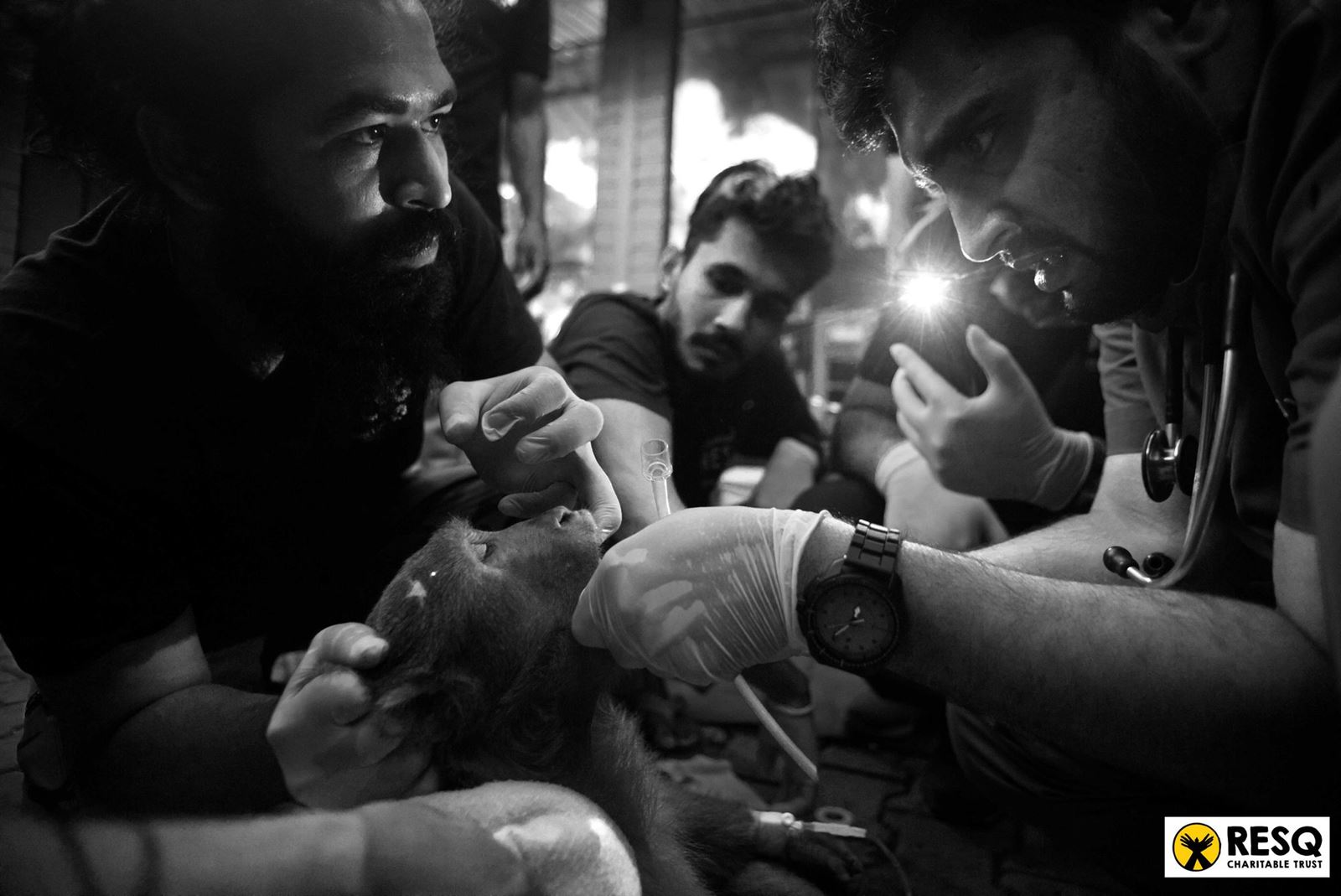
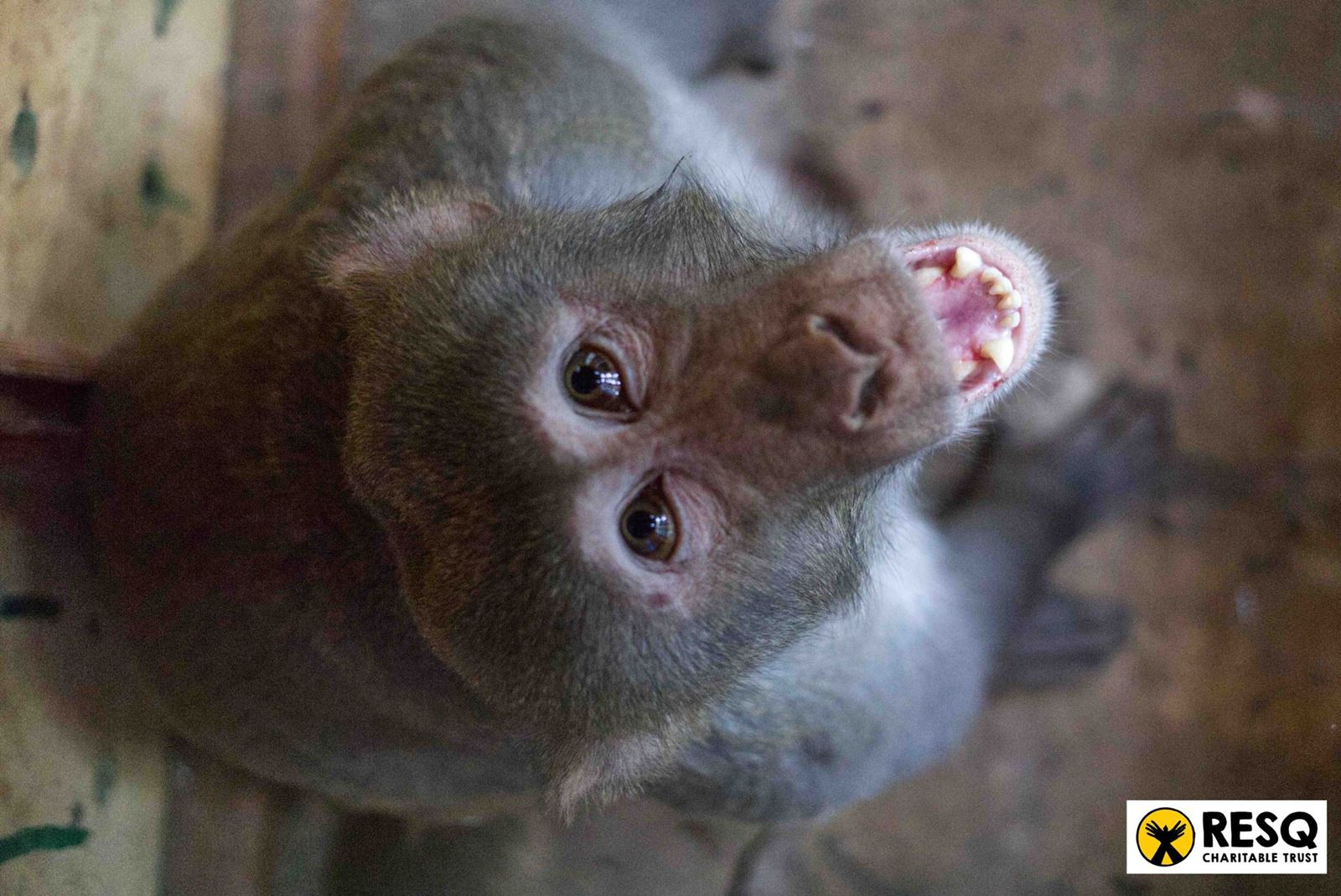
During and post medical treatment, species-specific rehabilitation plays an important role in an animal’s holistic recovery. With species like rhesus macaques that is gregarious, it is essential to ensure that they are not solitary for too long. Which is why, the rhesus with the history of head wound has been moved into a huge enclosure right next to the other rhesus. This has encouraged amicable interaction and bonding between the two and the two are often observed playing. Both the enclosures have been equipped with suitable enrichment for the monkeys to hang, jump, forage and remain mentally and physically active. There will be little or no human interaction from here on as they're both learning from each other and displaying good social behaviour. The final goal is for them to be moved in together in the same enclosure where they can become more congenial, further strengthening their chances of survival together in the wild, after they're released.
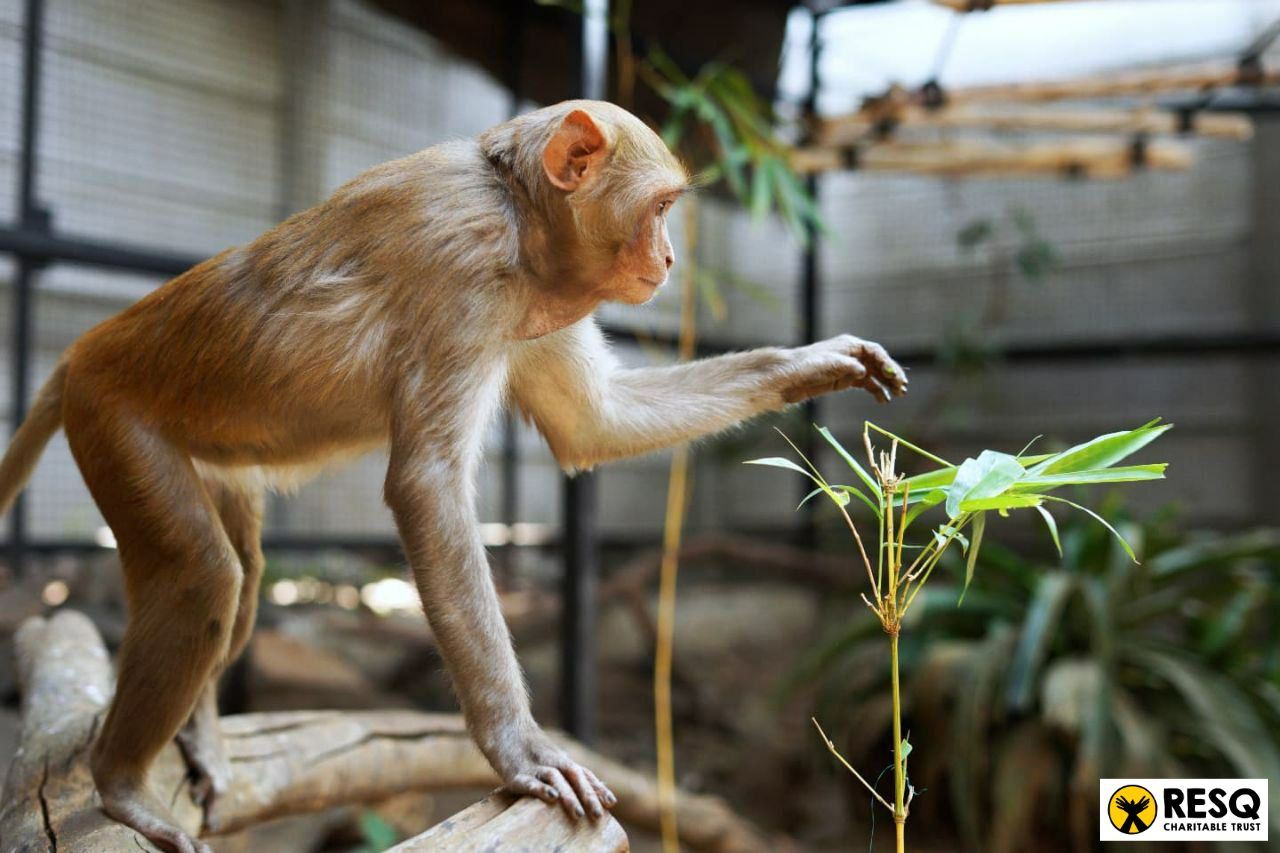
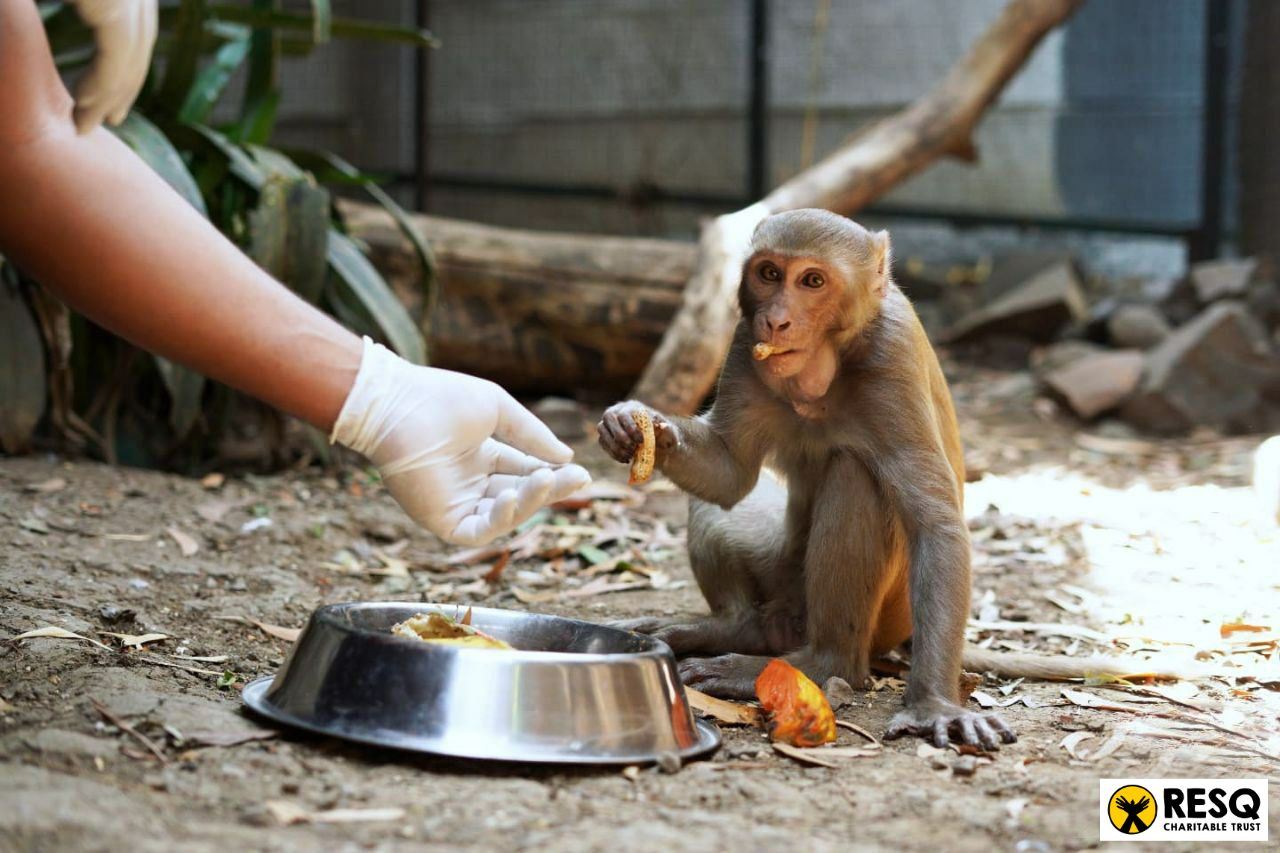
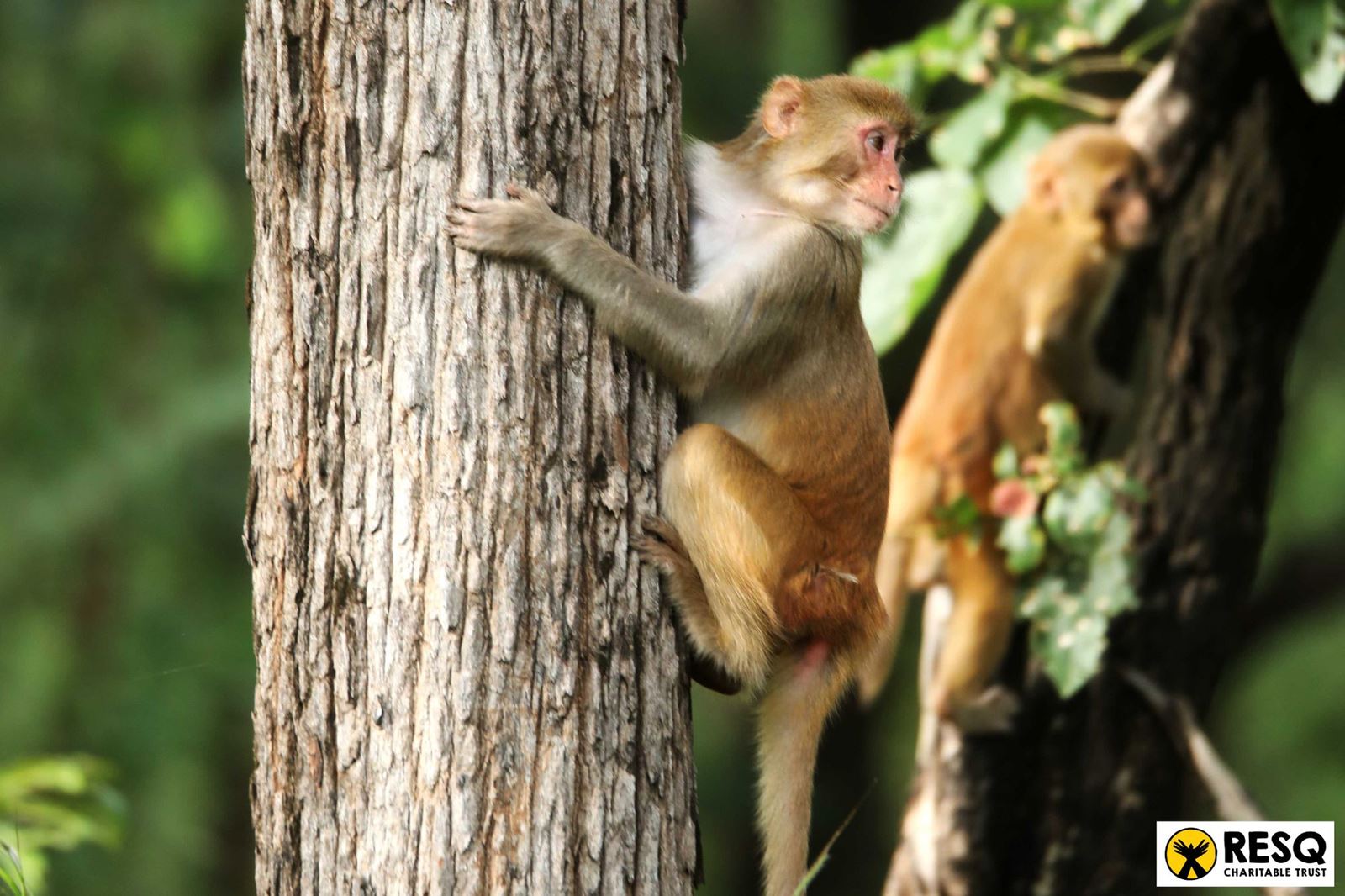
To coexist is the only way to exist
Feeding an animal, which is considered as an act of kindness or compassion, is by far the biggest underlying reason causing the discord. Especially in monkeys, sporadic feeding triggers robust behaviour further attracting human-inflicted actions, either triggered by fear of the animal or lack of empathy towards them, resulting in conflicts. To avoid this we urge you to completely refrain from feeding them, and indulging any form of entertainment that encourages individuals to capture them for it. Rhesus macaques are a protected species under the Schedule II (Part I) of the Wild Life Protection Act 1972, it is illegal to capture or keep rhesus macaques as pets, under any pretext. Let the wild, remain wild.
To understand this in a nutshell and spread the word to people you feel may need to learn more about this, watch and share the video below!